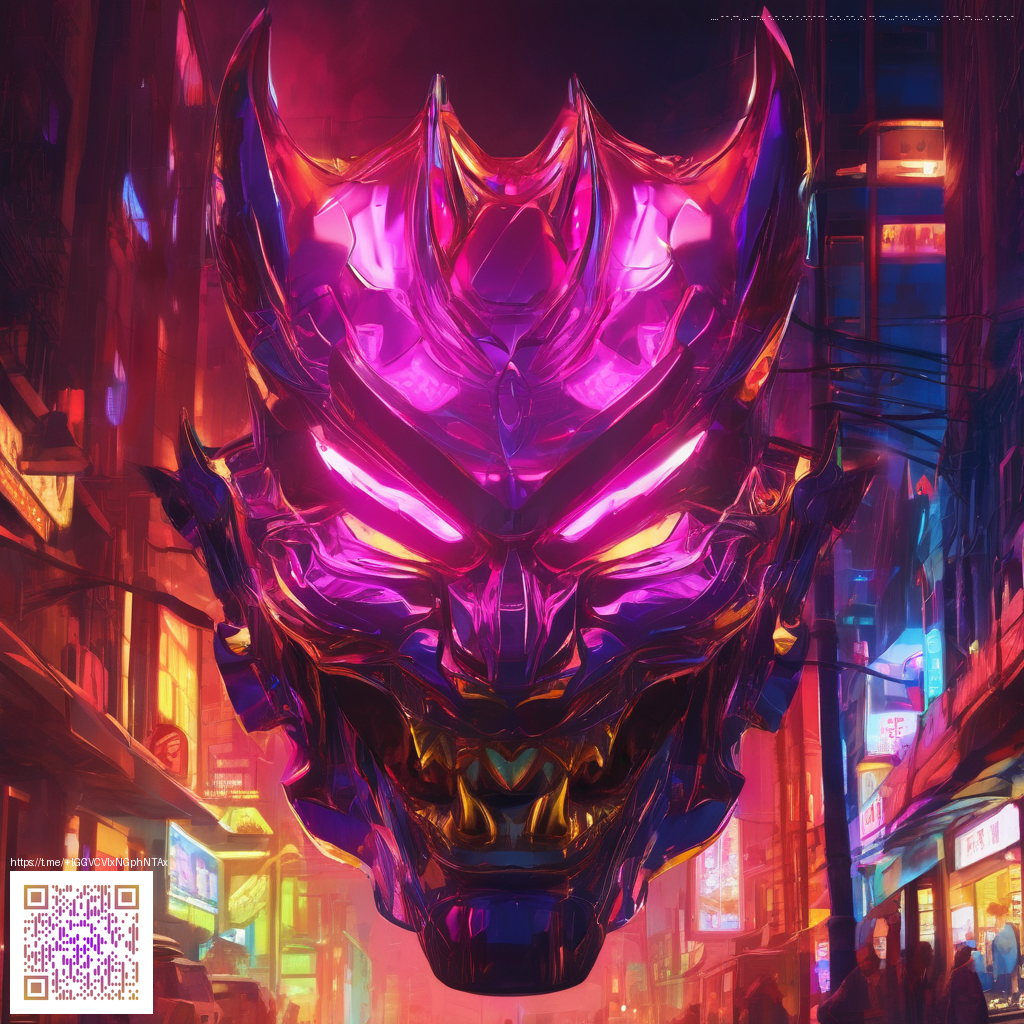
Facing the hurdles behind Sonic Adventure 2 s creation
Sonic Adventure 2 arrived at a pivotal moment for Sega and the Dreamcast era. The project aimed to fuse two distinct experiences into one fluid adventure a challenge that demanded careful orchestration of level design pacing narrative coherence and technical performance. Developers sought to merge rapid platforming with a branching narrative structure while preserving the speed ghosting feel fans loved from earlier titles. The result was a game that pushed both hardware and team dynamics to their limits 💠
The core concept rested on two parallel campaigns Hero and Dark each weaving through similar stages but offering entirely different perspectives on the same events. This design choice amplified the workload for designers artists and programmers who had to ensure balance between the two paths while keeping the pace brisk. The team leaned into slick stage transitions and a tight camera system to avoid disorienting players during high speed segments a common pitfall in early 3D platformers.
From a gameplay lens the challenge was not only to deliver thrills but to maintain clarity. Players should feel empowered whether racing through bustling cityscapes or threading through intricate shoals of enemies. That meant refining enemy placement adjusting jump physics and curating a roster of stages that rewarded mastery without punishing experimentation. The result was a heightened sense of momentum that still respected the series tradition of discovery and exploration 🌑
Technical and production hurdles that shaped the process
Technically the project reused elements from the preceding title while introducing new assets and lighting pipelines. Memory budgets on the Dreamcast demanded clever compression and streaming decisions to keep rooms lively without grinding frame rates to a halt. The development pipeline had to accommodate a broader canvas of environments while ensuring the engine could handle two storylines without duplication of assets becoming unsustainable.
Time was another invisible antagonist. Scheduling chores and milestones stretched across multiple teams including level designers writers and localization specialists. The need to synchronize the Hero and Dark arcs while preserving the emotional beats and character dynamics increased the QA footprint dramatically. Optimizations and bug fixing performed a delicate balancing act between preserving the game s signature speed and delivering stable experiences across different environments.
Porting complexities added another layer of pressure. A companion version for a different platform later introduced new features and refinements that drew on player feedback. The decision to broaden accessibility by extending to additional hardware channels required retooling certain systems and rebalancing challenges to keep the essence of the design intact. Even tiny decisions such as sound timing or camera presets had ripple effects that could alter the feel of major set pieces.
Community members quickly seized on the dual campaign idea as a source of depth and replayability a sentiment that would ripple through speedrunning and fan theories for years. The development journey also highlighted the value of iterative testing early in production and the importance of clear communication among disciplines. In hindsight the willingness to take creative risks in service of a more ambitious vision helped define the game s lasting impact on how players think about replay value and narrative branching 💠
From production diaries to player culture
Beyond raw numbers the production challenges fed into the DNA of the community. Fans embraced the Chao Garden as a hidden dimension of customization and time management a feature that rewarded patient experimentation. The two campaign architecture seeded discussions about how to design for replays where small changes in mission order or character choice could unlock new routes and challenges. This culture of discovery aligned with a broader modding spirit that blossomed later as communities experimented with fan patches and creative reimaginings of classic stages.
Updates and post release reflections from developers reiterated a pride in pushing the boundaries of what a Sonic game could be. The creative team spoke about balancing speed with storytelling and about the sense of scale that came from designing stages that felt complementary rather than repetitive. The dialogue between designers and players grew into a shared language about optimizing fun and delivering a polished experience that still feels fresh today 👁️
In the years since launch the game has lived on through supplementary releases and fan curated content that preserves the dual narrative experience while inviting new players to discover why the project stood out at the dawn of modern 3D platformers. It remains a case study in how ambitious design goals can shape both development culture and player expectation. The narrative around its production continues to inform how studios approach scope management when confronted with bold ideas and tight timelines.
For readers craving a deeper dive into similar production stories see the network that keeps the flame of classic design alive through varied topics and insightful retrospectives. If you want to support this ongoing coverage and champion a decentralized internet that values open collaboration across communities, consider a quick donation via Ko fi.